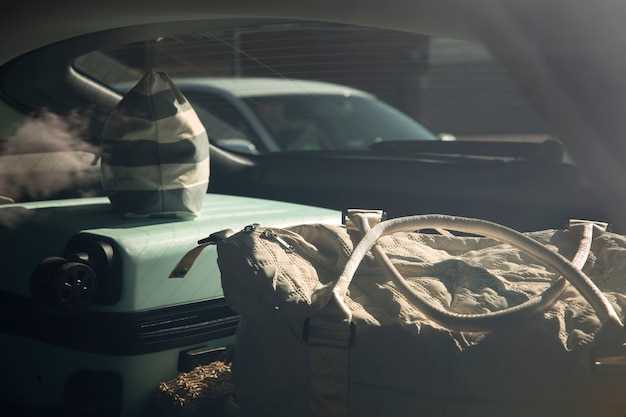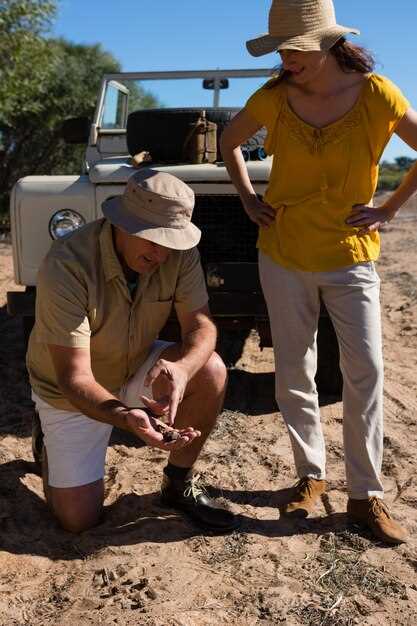
The 70-Series Land Cruiser, known for its rugged design and durability, has become a symbol of adventure and resilience among off-road enthusiasts. This iconic vehicle continues to attract attention not only for its impressive off-road capabilities but also for its potential as a restoration project. Whether you are a seasoned mechanic or a passionate newcomer, restoring a 70-Series Land Cruiser can be a rewarding experience that allows you to connect with the rich history of this legendary 4×4.
Restoration of a vintage Land Cruiser is not merely a mechanical endeavor; it is a journey defined by dedication, patience, and a deep understanding of the vehicle’s unique components. From sourcing original parts to enhancing performance features, each step in the restoration process is crucial for achieving a reliable and aesthetically pleasing outcome. This guide aims to break down the entire restoration process into manageable steps, empowering you to tackle each phase with confidence.
Our comprehensive step-by-step guide will cover everything from assessing the vehicle’s current condition to refinishing its exterior. You’ll learn how to approach mechanical refurbishments, interior upgrades, and even electrical system restorations. By the end of this guide, you will be equipped with the knowledge and skills necessary to transform a worn-out 70-Series Land Cruiser into a stunning vehicle that not only pays homage to its legacy but also serves as a dependable companion for years to come.
Choosing the Right Parts for Your 70-Series Restoration
When embarking on a restoration project for a 70-Series Land Cruiser, sourcing the correct parts is crucial to achieving an authentic and functional vehicle. Begin by identifying the specific model year of your Land Cruiser, as this will influence the type of parts required. Each model year can have distinct components that affect not only aesthetics but also performance.
Next, consider whether you prefer original factory parts or aftermarket alternatives. OEM (Original Equipment Manufacturer) parts are ideal for maintaining authenticity and ensuring compatibility, making them a wise choice for a thorough restoration. However, aftermarket parts may offer enhancements in terms of performance or durability, which can be appealing depending on your intended use of the vehicle.
Research is essential. Join online forums, groups, and communities dedicated to Land Cruiser enthusiasts. These platforms can provide valuable recommendations for reputable suppliers and insights into the best parts suited for your restoration needs. Always look for reviews and feedback from other enthusiasts regarding the parts you are considering, as this can save you from potential pitfalls.
It’s also vital to inspect the condition of existing parts thoroughly. Restoration doesn’t always mean replacement. In many cases, components like the engine, transmission, and suspension can be rebuilt rather than replaced, preserving the integrity of the original vehicle while enhancing its functionality.
Lastly, prioritize sourcing all necessary parts before beginning your restoration. This includes everything from engine components to interior fixtures and body panels. A comprehensive parts list will ensure a smoother restoration process, minimizing downtime and allowing for a more streamlined rebuild experience.
Essential Tools and Equipment for Land Cruiser Restoration

Restoring a 70-series Land Cruiser requires a well-equipped workshop and the right set of tools. Having the appropriate tools not only makes the process more efficient but also ensures that the restoration is done correctly and safely. Below is a list of essential tools and equipment you will need.
1. Mechanic’s Tool Set: A comprehensive mechanic’s tool set is fundamental for any automotive restoration. This should include a variety of sockets, wrenches, screwdrivers, and pliers. Look for sets that provide both metric and imperial sizes to accommodate different parts of the 70-series.
2. Torque Wrench: A torque wrench is critical in ensuring that all bolts and nuts are tightened to the manufacturer’s specifications. This tool helps prevent damage to components and ensures safety during operation.
3. Jack and Jack Stands: A high-quality jack and set of jack stands are essential for lifting the Land Cruiser safely. Hydraulic jacks provide ease of lifting, while jack stands offer secure support during undercarriage work.
4. Diagnostic Tools: For electrical and engine troubleshooting, having a diagnostic scanner can significantly expedite the process. These tools allow you to read error codes and assess the health of various systems within the 70-series.
5. Bodywork Tools: For any body restoration, you will need a set of body hammers, dollies, and a welding machine if you plan to repair or replace panels. Additionally, a paint sprayer will be necessary for the final finishing touches.
6. Cleaning Supplies: Cleanliness is crucial during restoration. Invest in degreasers, brushes, rags, and a pressure washer for cleaning engine components and the vehicle body before and during restoration.
7. Safety Equipment: Always prioritize safety by using appropriate personal protective equipment (PPE). This includes gloves, goggles, masks, and ear protection. Working on vehicles can produce harmful dust and fumes, making PPE essential.
8. Storage Solutions: Proper organization can enhance your efficiency. Use tool chests, parts bins, and shelving units to keep your workspace tidy. This way, you can easily access tools and parts as needed.
When equipped with these essential tools and equipment, you’ll be better prepared to tackle the challenges of restoring a 70-series Land Cruiser. The right tools not only make the task more manageable but also enhance the overall quality of the restoration process.
Techniques for Restoring the Body and Chassis of a 70-Series

Restoring the body and chassis of a 70-Series Land Cruiser requires a systematic approach to ensure durability and aesthetic appeal. One of the first techniques involves performing a thorough inspection to assess the condition of the metal and identify rust, dents, or structural damage. Documenting these issues will aid in planning the restoration process effectively.
Next, focus on rust removal using methods such as sandblasting or chemical rust removers. These techniques help strip away old paint and rust, providing a clean surface for further restoration work. Once the rust is eliminated, apply a rust-inhibiting primer to protect the bare metal against future corrosion.
After addressing rust concerns, repair any dents or deformations in the body panels. This can be achieved through techniques like using a body hammer and dolly for minor adjustments or employing heat guns and pullers for more significant repairs. Smoothening the surfaces with body filler may be necessary to achieve a seamless finish.
When it comes to the chassis, begin with a thorough cleaning using a degreaser and pressure washer to remove years of accumulated grime. Inspect the chassis and replace any worn-out components such as bushings, shock absorbers, and bearings. Reinforce or replace sections of the chassis that show signs of significant wear or damage to maintain structural integrity.
For the painting process, select high-quality automotive paint that can withstand the elements. Execute a proper painting technique, starting with a primer, followed by several coats of base paint, and finishing with a protective clear coat for a long-lasting finish.
Lastly, ensure that all body panels are properly aligned and securely fastened to the chassis. Utilize new seals and weather stripping to prevent leaks and improve the overall functionality of the vehicle. These techniques, when executed meticulously, will contribute to a successful restoration of the body and chassis of a 70-Series Land Cruiser.
